
Filter News
Area of Research
- Advanced Manufacturing (1)
- Biology and Environment (26)
- Clean Energy (28)
- Climate and Environmental Systems (1)
- Computational Biology (1)
- Fusion and Fission (7)
- Fusion Energy (2)
- Isotopes (7)
- Materials (13)
- Materials for Computing (4)
- National Security (4)
- Neutron Science (13)
- Nuclear Science and Technology (5)
- Quantum information Science (2)
- Sensors and Controls (1)
- Supercomputing (20)
News Type
News Topics
- 3-D Printing/Advanced Manufacturing (4)
- Advanced Reactors (1)
- Artificial Intelligence (4)
- Big Data (1)
- Bioenergy (9)
- Biology (15)
- Biomedical (7)
- Biotechnology (3)
- Buildings (2)
- Chemical Sciences (2)
- Clean Water (3)
- Climate Change (4)
- Composites (1)
- Computer Science (17)
- Coronavirus (2)
- Cybersecurity (3)
- Decarbonization (3)
- Energy Storage (6)
- Environment (21)
- Exascale Computing (2)
- Frontier (1)
- Fusion (2)
- Grid (3)
- High-Performance Computing (9)
- Isotopes (9)
- ITER (1)
- Materials (4)
- Materials Science (8)
- Mercury (3)
- Microscopy (4)
- Molten Salt (1)
- Nanotechnology (4)
- National Security (4)
- Neutron Science (6)
- Nuclear Energy (6)
- Physics (3)
- Polymers (3)
- Quantum Computing (1)
- Quantum Science (4)
- Security (4)
- Space Exploration (2)
- Summit (4)
- Sustainable Energy (7)
- Transportation (9)
Media Contacts

Leveraging his expertise in image processing, sensors, and machine learning, Vincent Paquit is devising a control system for additive manufacturing to produce 3D-printed parts that function as well as conventionally produced objects. Paquit’s research sits at the junction of manufacturing technol...
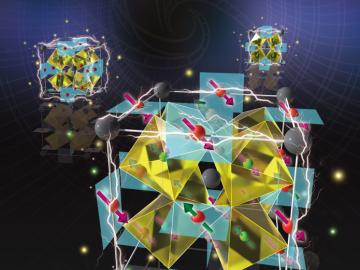

Last November a team of students and educators from Robertsville Middle School in Oak Ridge and scientists from Oak Ridge National Laboratory submitted a proposal to NASA for their Cube Satellite Launch Initiative in hopes of sending a student-designed nanosatellite named RamSat into...
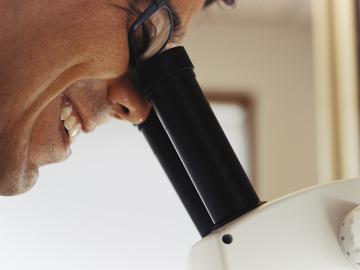
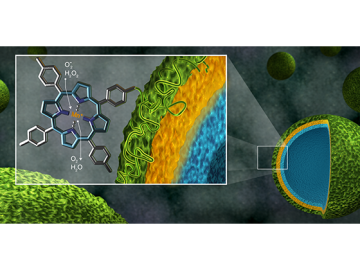
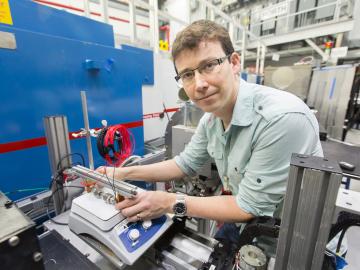
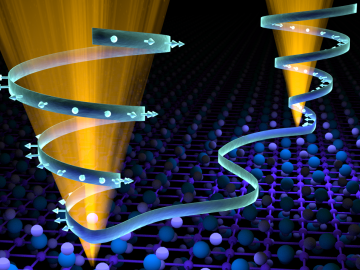

Researchers are looking to neutrons for new ways to save fuel during the operation of filters that clean the soot, or carbon and ash-based particulate matter, emitted by vehicles. A team of researchers from the Energy and Transportation Science Division at the Department of En...
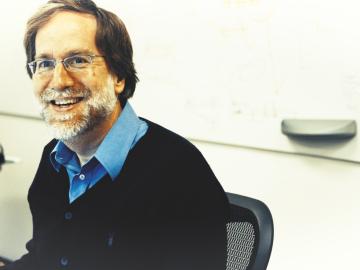
Dan Jacobson is illuminating the workings of biological systems from the molecular scale up by leveraging Oak Ridge National Laboratory’s supercomputing resources to create machine- and deep-learning techniques more easily understood by humans



